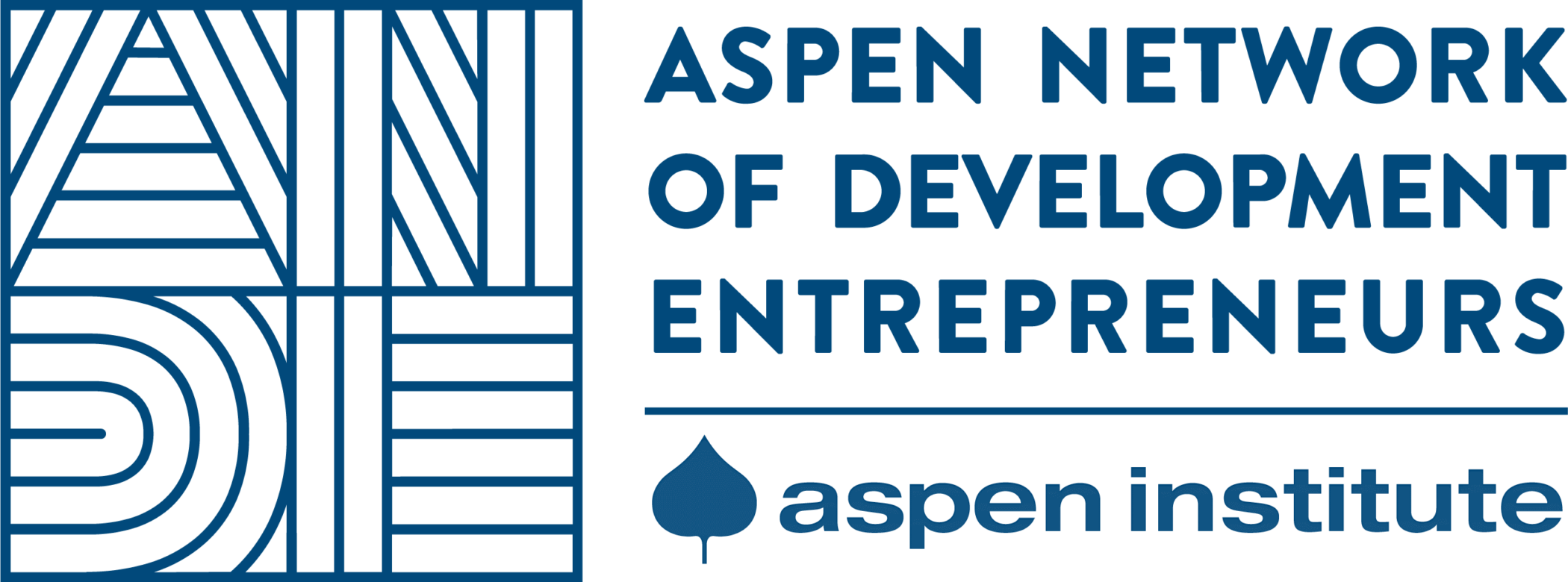Pensar y reflexionar para cambiar


Pensar y reflexionar para cambiar


Great feats of human ingenuity and social progress do not happen through half-measures. If the international community is going to meet its commitment to provide a quality education to all children, no matter their circumstances, then it must confront current funding gaps with the boldness that the situation demands.
NEW YORK – Starting in the late 1940s, an exceptional group of visionaries responded to the devastation of World War II by coming together to build new institutions for a new world. Looking back two decades later, former US Secretary of State Dean Acheson said it was like being “present at the creation.” He was not wrong. The international community had come to a new understanding that prosperity is indivisible and must be shared if it is to be sustained.
Something similar occurred earlier this century, when 191 United Nations member states agreed to the Millennium Development Goals (MDGs), secured more than $100 billion in debt relief for developing countries, and established the Global Fund to Fight AIDS, Tuberculosis, and Malaria, as well as the International Finance Facility for Immunization. The IFFIm, for its part, is an innovative loan facility that has already raised more than $5 billion, helped to immunize 640 million children, and saved more than nine million lives.
Even more recently, the international community agreed to the Sustainable Development Goals (SDGs) for 2030, and came together to address the most fundamental global threat by adopting the 2015 Paris climate agreement.
Yet in a world undergoing rapid and far-reaching technological change, it is past time for education to have its own “moonshot moment.” In addition to ensuring that 260 million out-of-school children receive an education, we also need to start preparing for the Fourth Industrial Revolution and the social and economic impact of new technologies on the world’s poorest countries.
To be sure, the world has made progress toward ensuring quality universal education under SDG 4. Bilateral aid for education has increased for the first time in several years. Countries made unprecedented commitments to mobilize more domestic resources for education aid at the Global Partnership for Education Financing Conference earlier this year. The Education Cannot Wait initiative is rolling out more programs to address educational needs in crisis and emergency scenarios. And, all told, the share of humanitarian aid allotted for education is growing.
But, if anything, the challenge of delivering a quality education for all is greater today than it was when SDG 4 was adopted. There are now 75 million children caught up in conflict and humanitarian crises who need educational support, and the majority of them will continue to experience educational disruptions. Only one in four of the world’s child refugees will receive a secondary education, and just 1% will go on to higher education.
Moreover, current projections show that around 400 million children are not on track to complete their primary education, and that more than 800 million – half the world’s schoolchildren – will enter adulthood without any recognizable qualifications for the modern workforce.
The task of closing these gaps cannot fall on poor countries alone. Globally, $12 billion in education aid is paid out each year. But even if all low- and lower-middle-income countries doubled their spending on education and raised their performance to that of top-quartile countries, there would still be a multi-billion-dollar financing hole.
Hence, a major effort is now underway to reinforce and expand existing aid programs. The International Commission on Financing Global Education Opportunity – along with the World Bank and other multilateral lenders, an array of United Nations agencies, the Global Partnership for Education, and Education Cannot Wait – has proposed a plan to fill the external financing gap. The goal is to provide, by 2030, classroom seats to the 200 million children who need them.
The plan operates through a new finance facility, which will attract $2 billion in guarantees from donor countries and secure an additional $8 billion in loans from the multilateral development banks. This financing will be complemented by a $2 billion “buy down” fund, which will use the new grants from donors to offer financing on terms that developing countries can afford. For every dollar of additional aid money that is mobilized, the facility will unlock around four dollars in new resources for education.
There is already momentum behind this plan, given the support of the World Bank, the UN, and all the major regional development banks. The next stage is for donor countries to show a willingness to provide the aid guarantees that will underpin the finance facility.
This generation has an opportunity to realize the promise of a quality education for all, but we must marshal the funds needed to provide a classroom seat to every child. To that end, young people and charities have come together to mobilize support for a petition asking world leaders to take action.
We should no longer tolerate a world where only some young people are afforded the chance to realize their full potential. All people have a right to develop their talents, and their political leaders have a duty to ensure that nothing is standing in their way.
Vía: https://www.project-syndicate.org/commentary/universal-education-needs-a-moonshot-moment-by-gordon-brown-2018-09
ARTÍCULOS RELACIONADOS
31 enero, 2020
31 enero, 2020
31 enero, 2020
31 enero, 2020